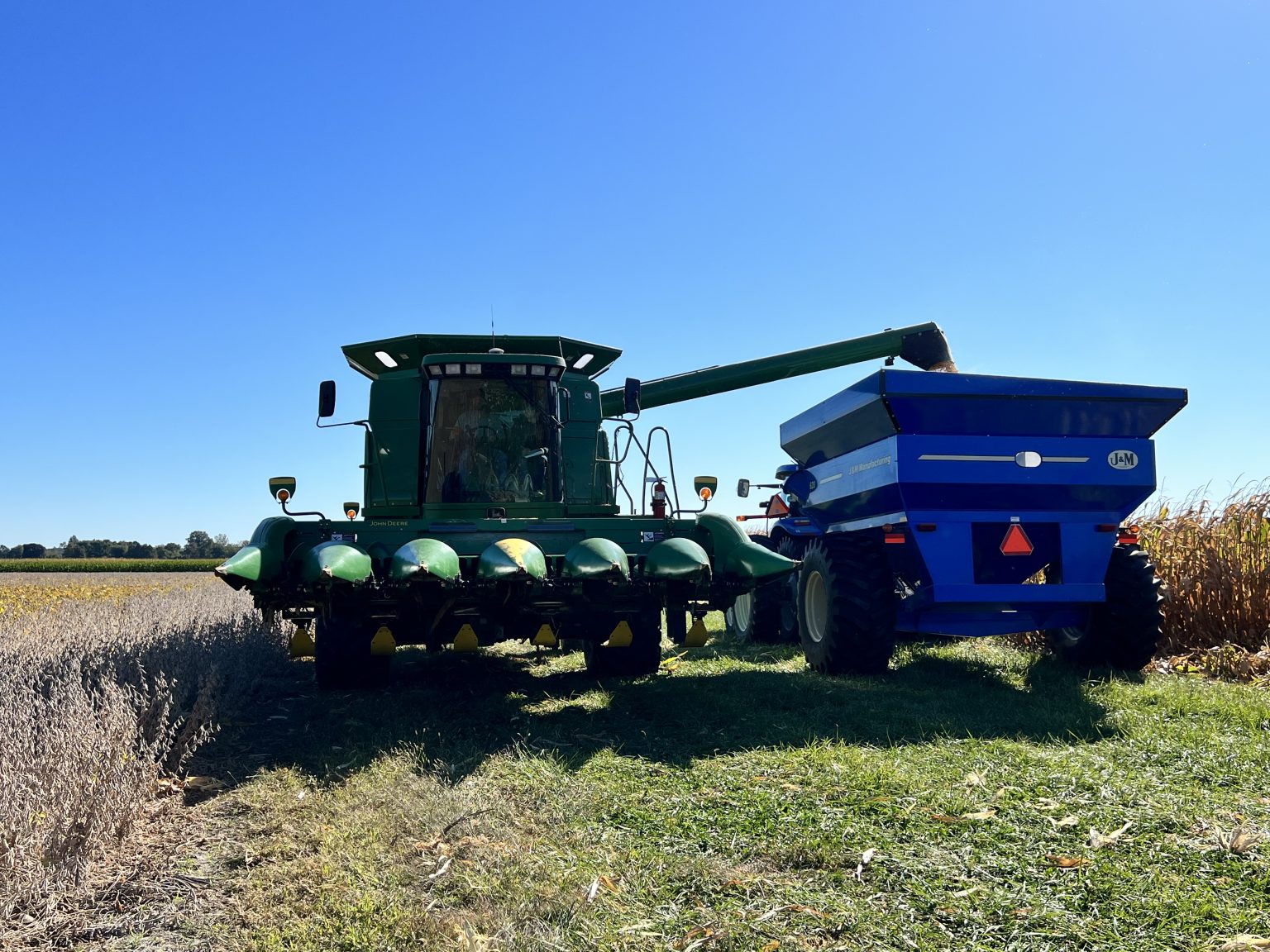
Although yield is always at the forefront of many corn farmers and agronomists’ minds during harvest, another important discussion topic each fall is that of grain test weight.

Although yield is always at the forefront of many corn farmers and agronomists’ minds during harvest, another important discussion topic each fall is that of grain test weight.
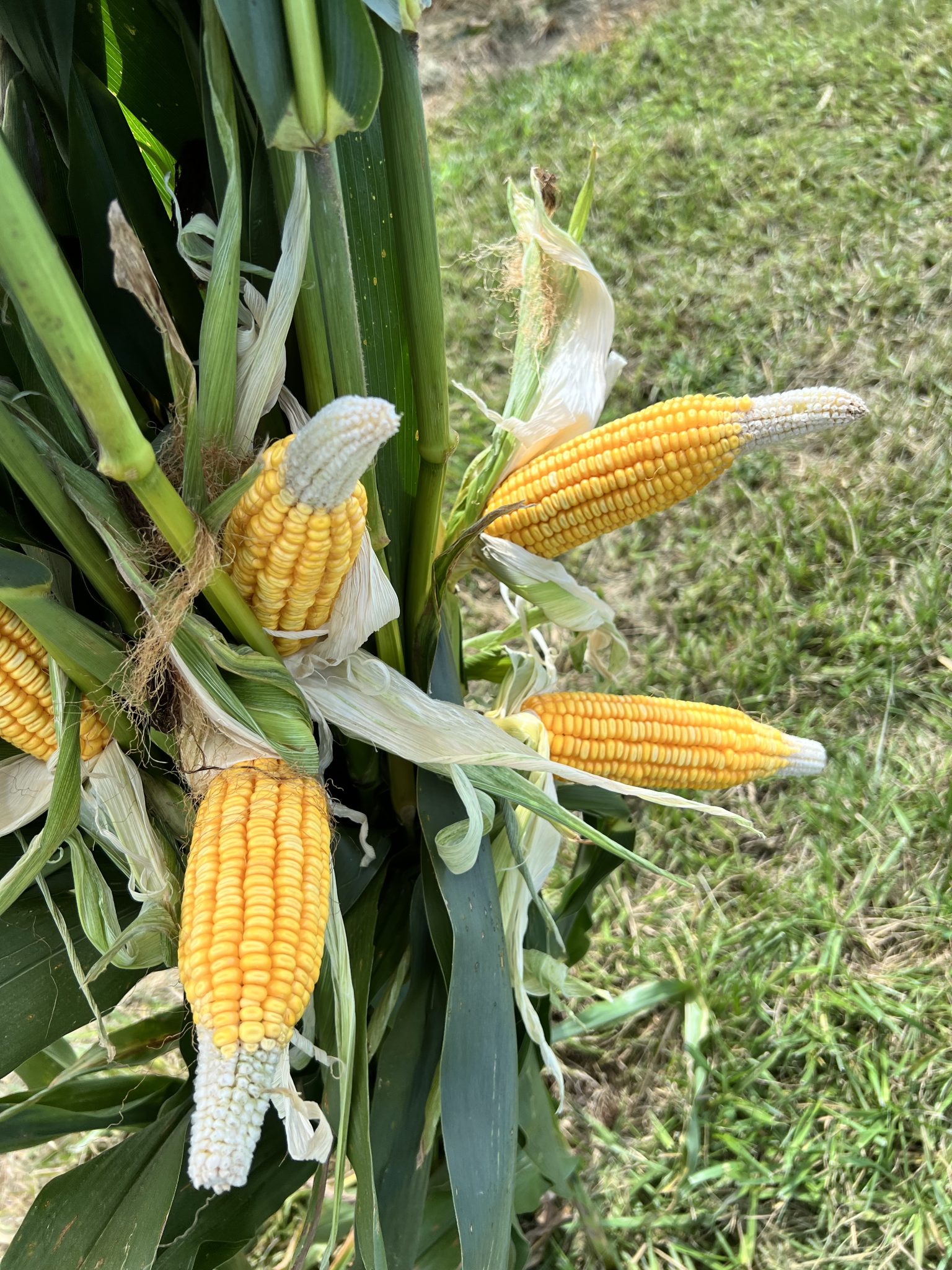
Each year as corn harvest approaches and the anticipation for finally being able to get behind the wheel of the combine heighten, it is not uncommon to find work benches, dinner tables, and agronomist office desks full of corn ears.
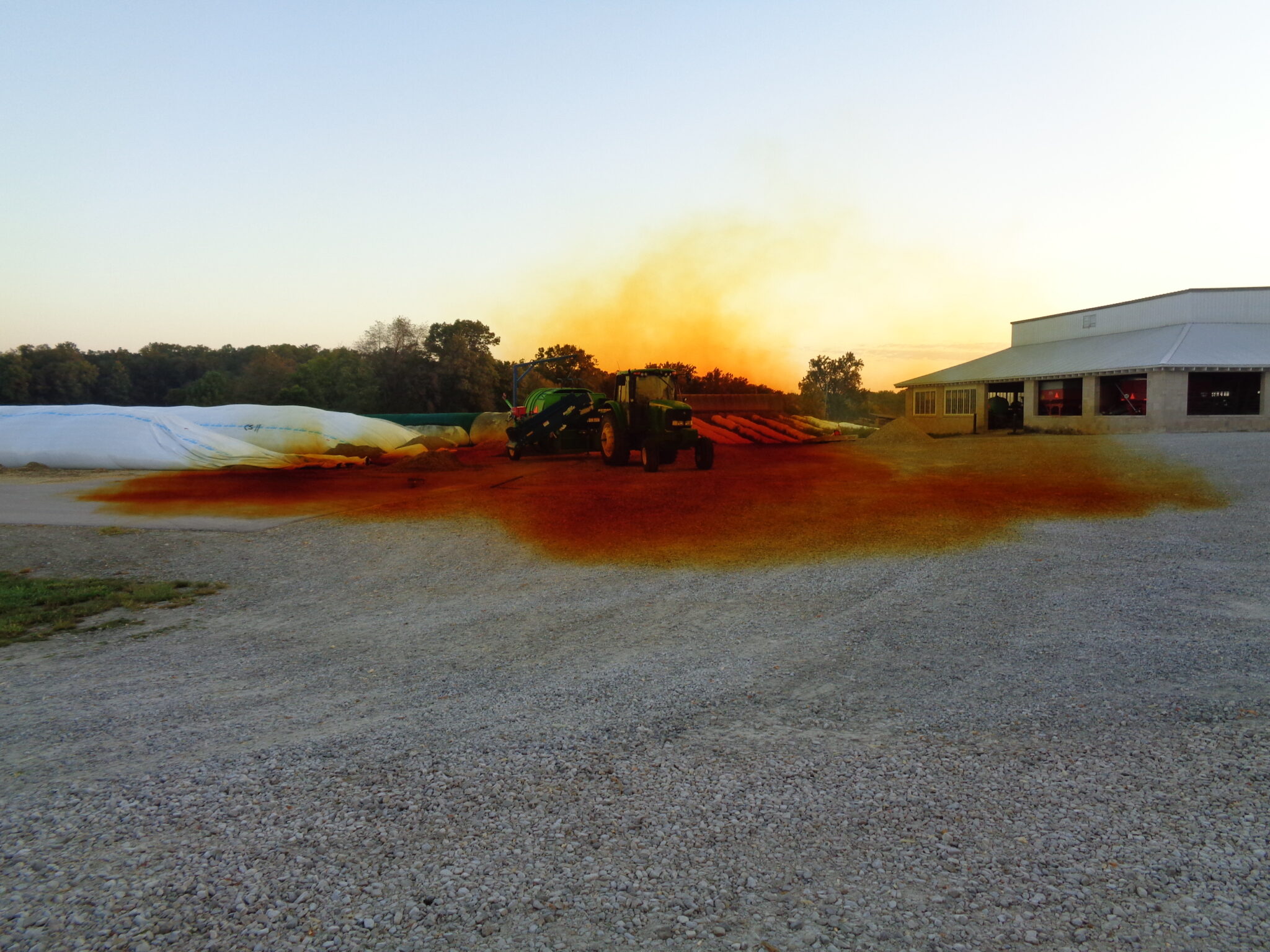
Perhaps it is fitting that the eerie poisonous gas flowed from the end of a silo bag not adequately sealed at the end with a lime pile as this is “National Farm Safety and Health Week”.
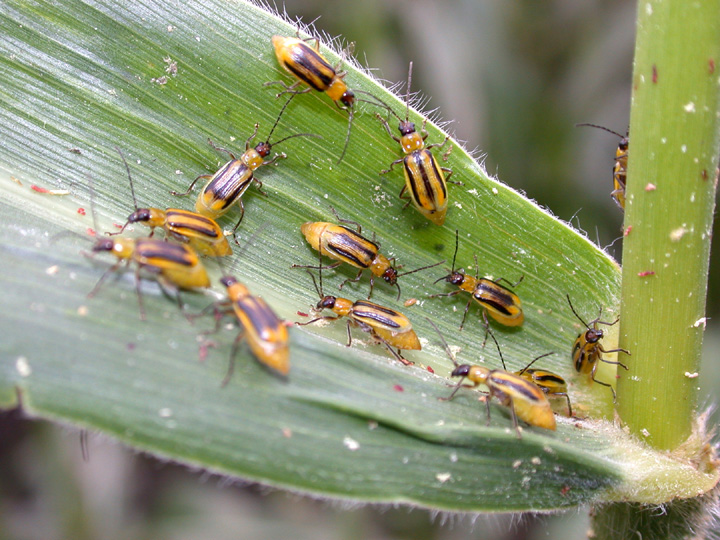
We’ve received multiple reports of impressive rootworm beetle populations in cornfields. Most of these fields were continuous corn without rootworm larval protection. These fields seem to be the exception, but the increasing trend is troublesome. This article is a reminder that is pest is still alive and well. For years, high adoption of highly effective Bt hybrids for rootworm control has likely contributed to a decline in rootworm populations. Overall, Indiana producers have managed this pest through a combination of crop rotation and/or use of Bt-rootworm hybrids. This approach, over many years, drastically reduced rootworm populations compared to 20 years ago. More recently, as state-wide rootworm risks to corn damage declined, producers have used less rootworm protection on their corn. This was a combination of those wanting to save money and take a chance with no protection or those assessing their risks on a field-by-field basis with scouting[Read More…]
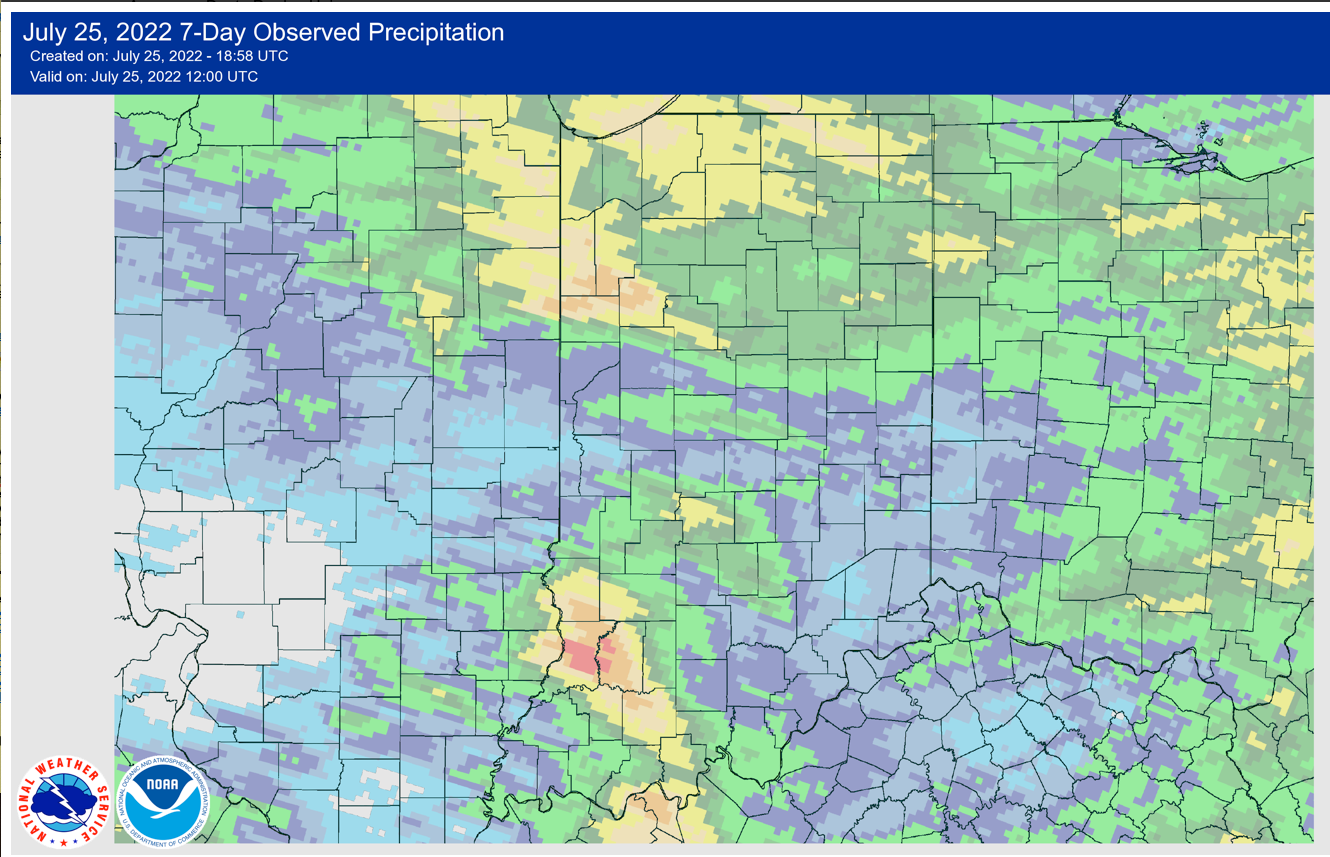
Excessive rainfall events (aka “goose-drownders”, “toad-stranglers”) that occur late in the growing season can cause flooding of rivers, creeks, and streams as well as ponded areas within fields distant from floodwaters.
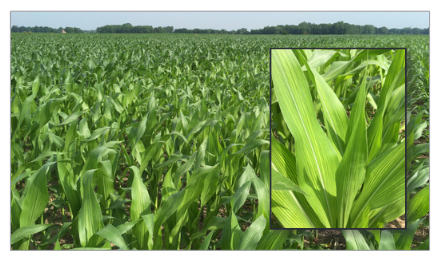
In recent years, sulfur (S) deficiency has been diagnosed in corn, soybean, alfalfa, and wheat in the Midwest, including Indiana and Michigan.
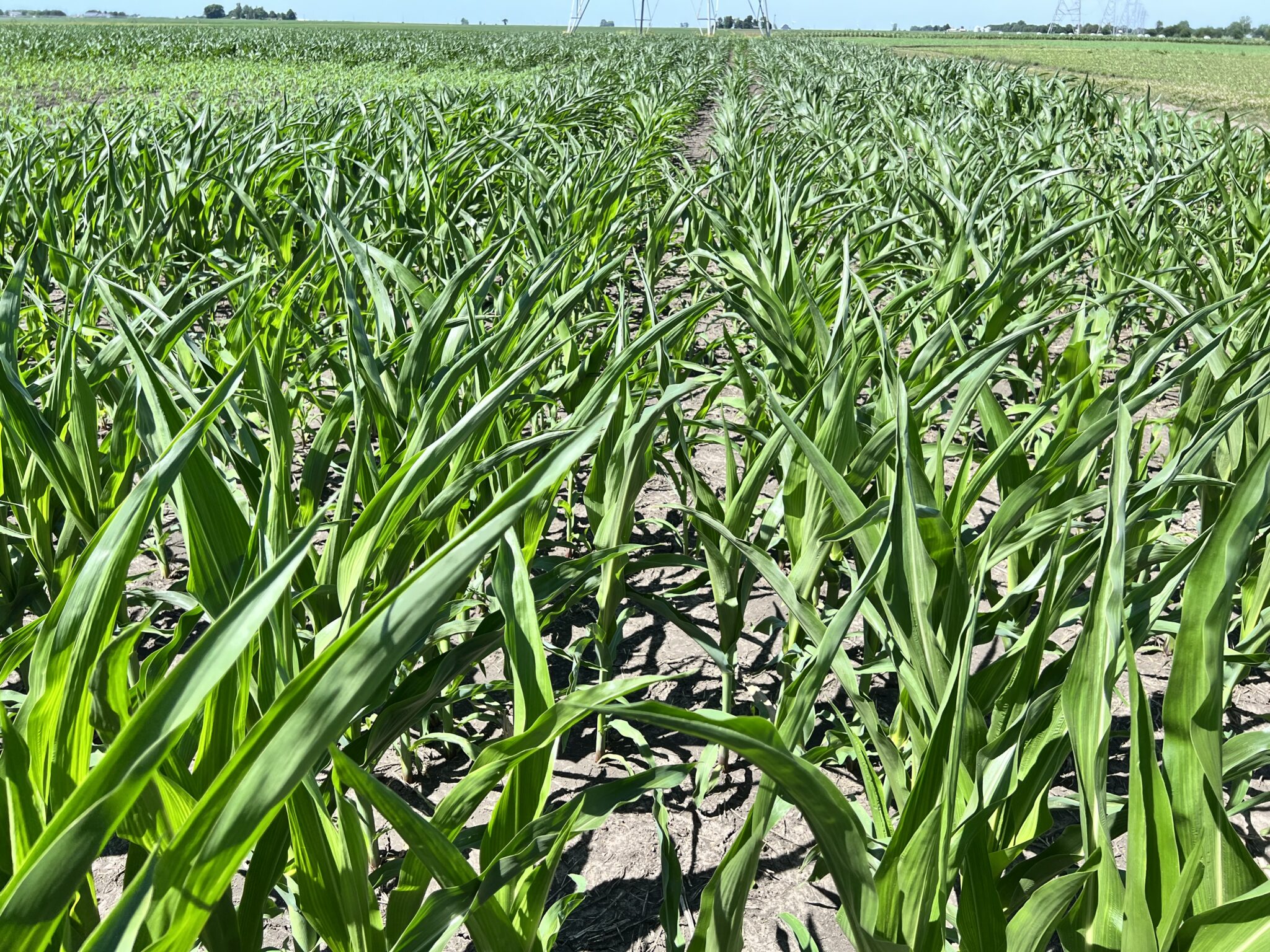
Max air temperatures for central and southern Indiana averaged 89- and 90-degrees F, respectively for the week of June 12th, 2022 which measured 10% above the 30-year average. In addition, air temperatures of 96-degrees F and above were observed during the week and record max air temperatures for this point in the season were observed in multiple locations across Indiana. Unfortunately, similar high temperatures are expected for the week of June 20th, combined with minimal chances for precipitation. Therefore, as high temperatures continue to persist and soils begin to dry out, this begs the question of what will happen to the corn crop? And, should I be concerned? The good news is that corn originated from a tropical grass and has been observed to withstand temperatures upwards of 112-degrees F for short periods, with plant growth typically decreasing when temperatures exceed 95-degrees F (Thomison, 2016). Therefore, temperatures in the[Read More…]
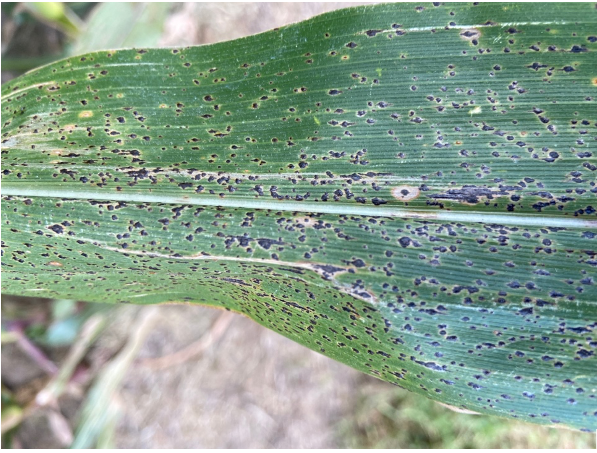
Due to its relatively recent U.S. discovery and its ability to cause significant production and economic losses, tar spot is often a topic of angst and anxiety amongst corn farmers and agronomists in Indiana.

The corn and soybean planting season has been compressed significantly due to the frequent rain showers received during late April and May.

After a delayed start to our planting season, we were able to plant both corn and soybean across the state in record or near-record time during May. This coincided with some timely rains and hot weather.
© 2024 Purdue University | An equal access/equal opportunity university | Copyright Complaints | Maintained by Pest&Crop newsletter
If you have trouble accessing this page because of a disability, please contact Pest&Crop newsletter at luck@purdue.edu.